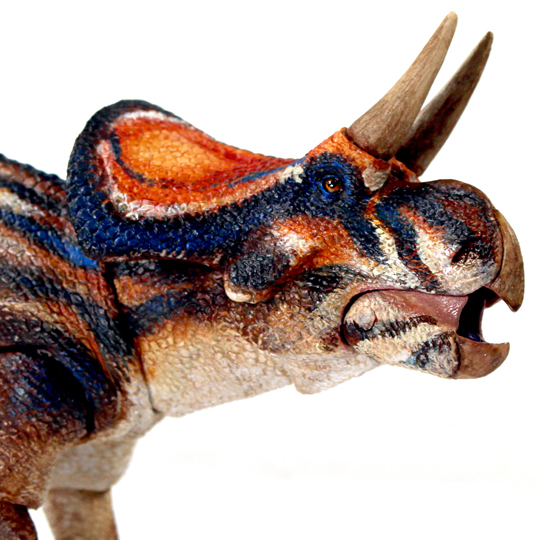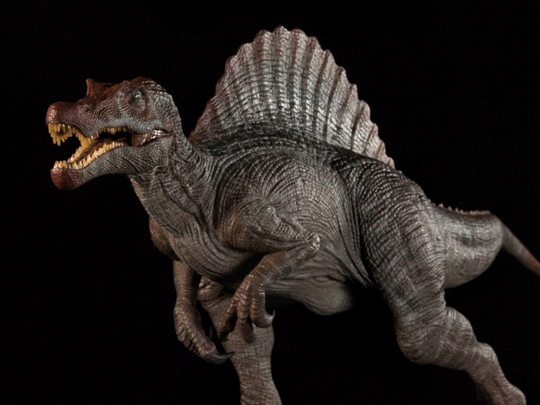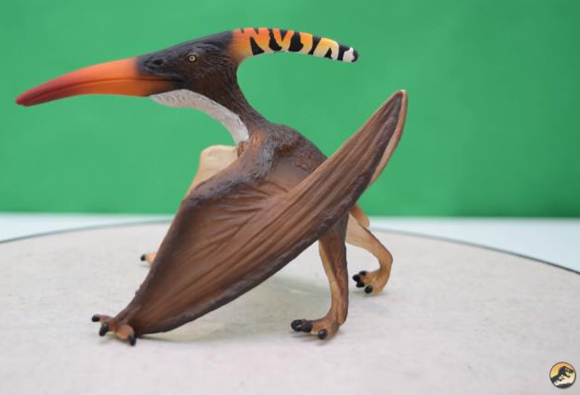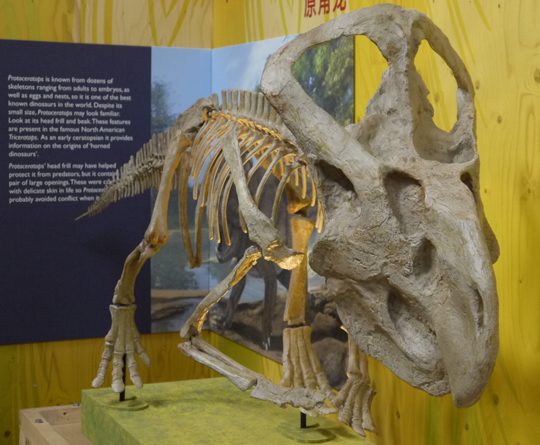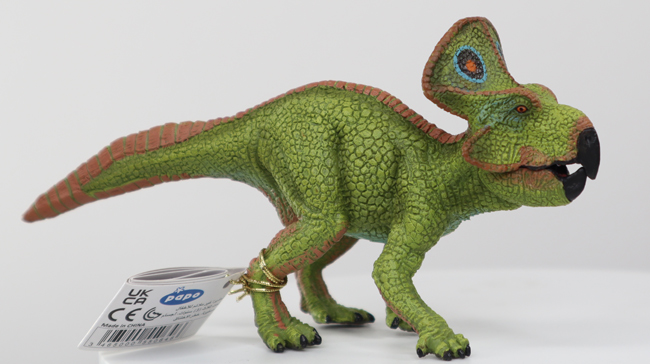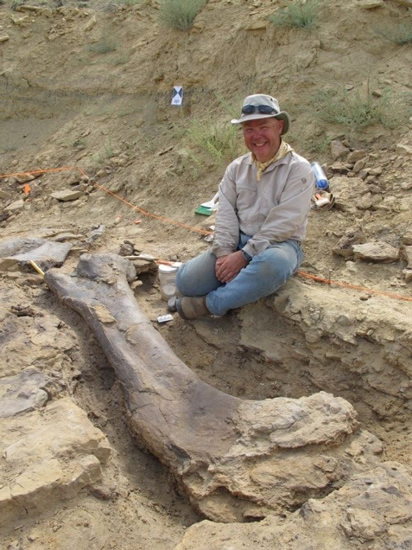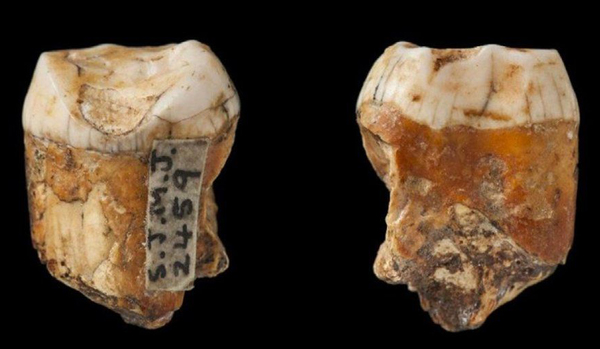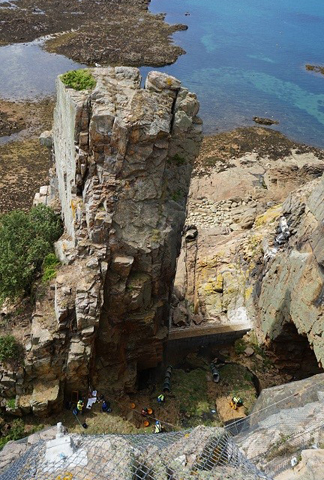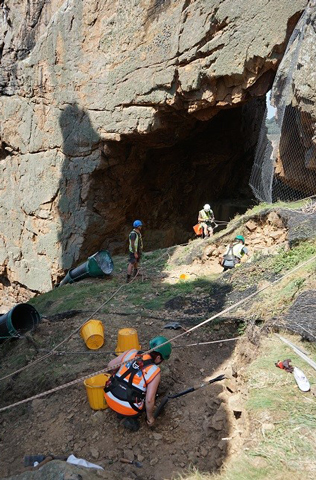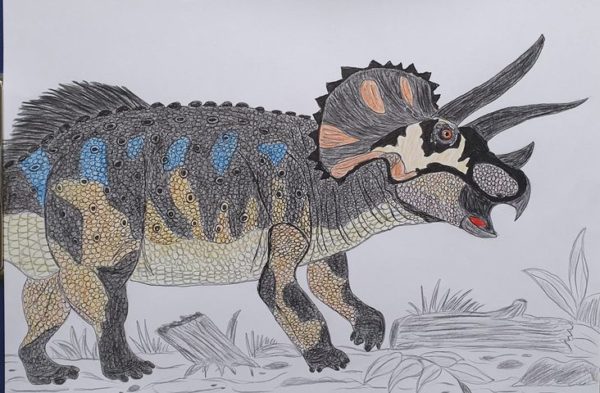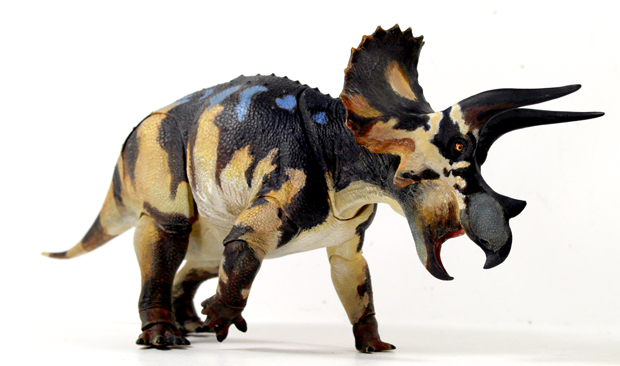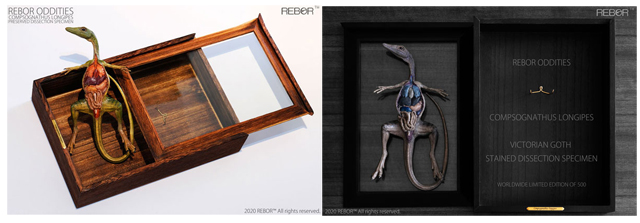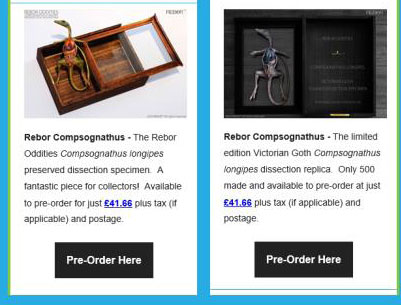Beasts of the Mesozoic Zuniceratops Dinosaur Model
Beasts of the Mesozoic Zuniceratops Dinosaur Model
One of the first wave of horned dinosaur figures to be introduced under the Beasts of the Mesozoic banner, Zuniceratops is one of those dinosaur models that since its introduction it has helped inform and educate model collectors about the huge diversity now associated with the Ceratopsia. Models of this Late Cretaceous horned dinosaur are few and far between and the inclusion of this figure, a replica of a member of the Ceratopsidae which was about the size of a cow, helped broaden the understanding of dinosaur fans and model collectors.
Zuniceratops represents a “transitional form”, a dinosaur with a combination of primitive traits and more derived characteristics. Roaming around the southern United States approximately 90 million years ago (Turonian faunal stage), it is one of just a handful of dinosaurs known to science from this time, some twenty-four million years prior to the evolution of more famous horned dinosaurs such as Triceratops.
The Beasts of the Mesozoic Zuniceratops (Z. christopheri) Dinosaur Model
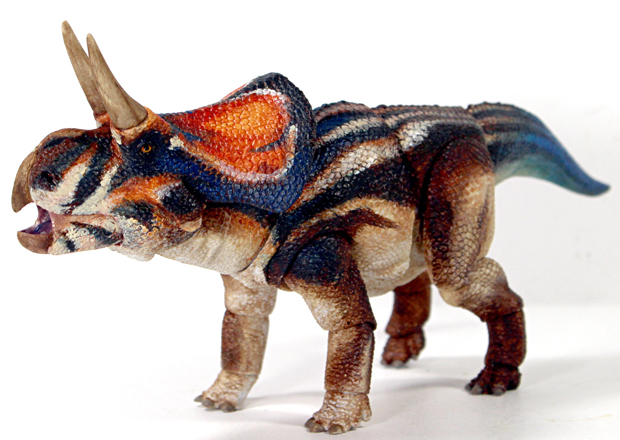
Beasts of the Mesozoic Zuniceratops (lateral view). Showing the colourful markings on this articulated dinosaur model.
Zuni Horned Face
Measuring a fraction under 22 cm in length, this is one of the smallest of the horned dinosaurs in the Beasts of the Mesozoic series. In order for it to be given the standard scale for this range (1/18th scale), a small replica was required as this dinosaur measured around three metres long and weighed approximately 200 kilograms, making it considerably smaller and lighter than its much more famous horned dinosaur distant relatives such as Styracosaurus, Triceratops and Pachyrhinosaurus. The figure might measure just under 22 cm long but it does have 19 points of articulation crammed into its small but sturdy frame.
A Close-up View of the Horns Possessed by Zuniceratops

The Beasts of the Mesozoic Zuniceratops christopheri dinosaur model. Despite its formidable appearance, Zuniceratops was actually quite small for a member of the North American ceratopsids.
A Fantastic Paint Scheme
The colours chosen for this articulated dinosaur model are certainly bold and striking. The body shows signs of counter shading which then give way to contrasting orange flashes which blend with the deep blue to be found at the top of the front legs, around the eyes and framing the long neck shield. The two brow horns are beautifully painted. These horns may have played a role in visual communication or as defensive weapons to deter the advances of theropod predators. Ironically, as far as Everything Dinosaur team members know, there have been no large carnivorous dinosaurs from the Moreno Hill Formation of New Mexico formally described. Fossils of Zuniceratops are associated with this geological formation and nowhere else.
The Beautiful and Very Colourful Head of the Zuniceratops Model
The Everything Dinosaur website: Models of Dinosaurs.
A spokesperson from Everything Dinosaur commented:
“Because it represents one of the smaller Late Cretaceous ceratopsians from North America, this Beasts of the Mesozoic figure is a little smaller than the rest of the first wave of these dinosaur models. We have subsequently priced it a little cheaper so it has become the ideal entry point for model collectors who wish to familiarise themselves with this exciting dinosaur model series.”
To view the Beasts of the Mesozoic ceratopsians and the rest of the models in this series: Beast of the Mesozoic Models.


